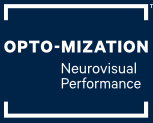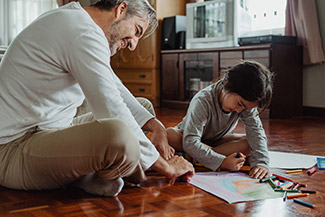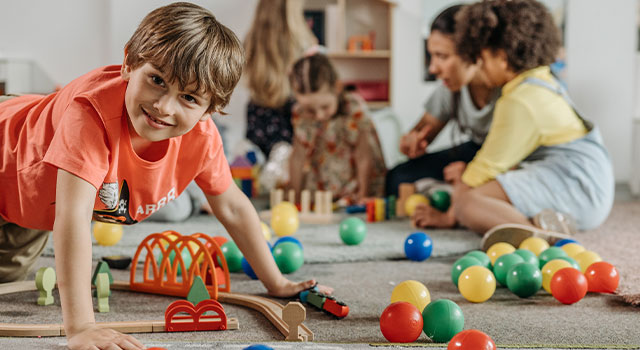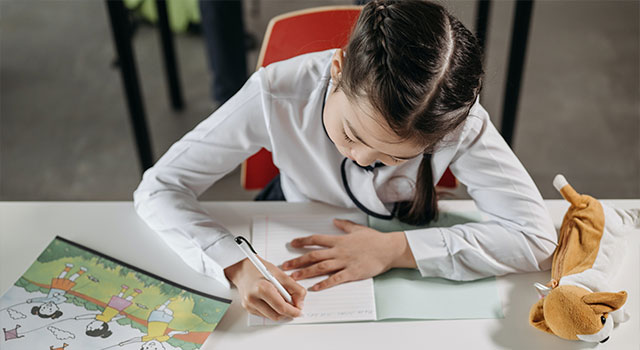
Syntonic Phototherapy | Restoring Visual Function and Balance Through Light
Using light as a healing tool may sound like a foreign concept, but is actually more common than one would expect. For example, physicians use blue light therapy to treat infants born with jaundice and use white light to treat Seasonal Affective Disorder (SAD). Dentists use light therapy to bond teeth. Optometrists may use syntonic phototherapy to treat visual dysfunctions.
What Is Syntonic Phototherapy?
Syntonic phototherapy is the use of specific frequencies and wavelengths of light to improve balance in the body’s regulatory centers. Doctors have been using syntonic therapy for over 80 years to treat amblyopia (lazy eye), strabismus (eye turn) and focusing/ convergence problems.
This unique therapy benefits more than vision and can help with learning disorders, chronic headaches, or reducing the effects of brain injuries, stress, trauma and concussion. Syntonic phototherapy is effective when directed under the guidance of a neuro-optometrist, so have a conversation with Dr. Cameron McCrodan or Dr. Scott Irvine to see whether you can benefit as well.
How Is the Balance of the Nervous System Restored?
“Syntony” means balance, and in this case refers to the balance of an integrated nervous system. The autonomic nervous system consists of the sympathetic (“fight or flight”) and parasympathetic (“rest and digest”) nervous system. The colored light used in syntonic phototherapy stimulates the visual system which, in turn, changes the biochemistry of the brain. The color used to stimulate this change depends on the specific condition of the patient. For example, red light stimulates the sympathetic nervous system while blue light stimulates the parasympathetic nervous system.
To monitor the change and treatment progress, the pupil reaction, functional visual field and binocularity measured before and during a phototherapy session. Once the balance of the two systems is restored, the results are usually long-lasting.
What are the Benefits of Syntonic Phototherapy?
Syntonic phototherapy is often used in conjunction with vision therapy, eyeglasses, or optical aids and has been shown to achieve any of the following results:
- Improved visual acuity and contrast
- Improved visual attention
- Increased energy
- Improved quality of sleep and digestion
- Increased relaxation
- Reduced eye strain
- Reduced light/allergic sensitivity
- Improved diet and appetite
- Reduced cravings for sugar, caffeine, and smoking
- Improved reproductive functions
- Some weight loss, despite greater yet more appropriate appetite
Every patient responds differently to treatment since all brains are unique, but most are surprised at the gains acquired. If you are interested in hearing more about syntonic phototherapy or if you have any questions, don’t hesitate to call Opto-mization NeuroVisual Performance and schedule a consultation.
Our practice serves patients from Victoria, Nanaimo, Duncan, and Vancouver Island, British Columbia and surrounding communities.








